Manual de uso Yamaha A-S700 Amplificador
¿Necesita un manual para su Yamaha A-S700 Amplificador? A continuación puedes ver y descargar el manual en PDF gratis en español. Este producto actualmente tiene 1 pregunta frecuente, 0 comentarios y tiene 2 votos con una calificación promedio de producto de 100/100. Si este no es el manual que desea, , contáctenos.
¿Su producto tiene algún defecto y el manual no ofrece ninguna solución? Vaya a Repair Café para solicitar un servicio de reparación gratuito.
Manual de uso
Loading…

Loading…
Puntuación
Dé su opinión de la Yamaha A-S700 Amplificador calificando el producto. ¿Quiere compartir su experiencia con este producto o hacer una pregunta? Deje un comentario en la parte inferior de la página.Más sobre este manual
Entendemos que es bueno tener un manual en papel para tus Yamaha A-S700 Amplificador. Siempre puedes descargar el manual desde nuestro sitio web e imprimirlo tú mismo. Si deseas tener un manual original te recomendamos contactar con Yamaha. Es posible que puedan proporcionar un manual original. ¿Estás buscando el manual de tu Yamaha A-S700 Amplificador en otro idioma? Elija su idioma preferido en nuestra página de inicio y busque el número de modelo para ver si lo tenemos disponible.
Especificaciones
| Marca | Yamaha |
| Modelo | A-S700 |
| Categoría | Amplificadores |
| Tipo de archivo | |
| Tamaño del archivo | 5.5 MB |
Todos los manuales para Yamaha Amplificadores
Más manuales de Amplificadores
Preguntas frecuentes sobre Yamaha A-S700 Amplificador
Nuestro equipo de atención al cliente busca información útil sobre los productos y responde a las preguntas frecuentes. Si encuentra inexactitudes en las preguntas frecuentes, indíquenoslo usando nuestro formulario de contacto.
¿Cuál es la diferencia entre un amplificador y un preamplificador? Verificado
Un amplificador suele ser un amplificador integrado, con preamplificador y amplificador de potencia en un solo dispositivo. Un preamplificador regula el volumen y a veces el equilibrio y el tono. Además permite elegir la fuente (cd, cinta, tocadiscos, etc.). Un preamplificador a menudo proporciona algo de amplificación, lo suficiente para el amplificador de potencia. Es lo que se llama un preamplificador activo. A veces un preamplificador no amplifica. Entonces hablamos de un preamplificador pasivo.
Ha sido de gran ayuda (40) Leer más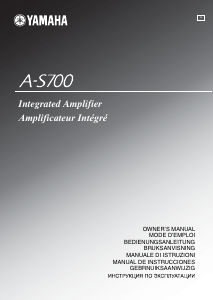



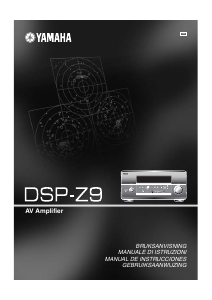
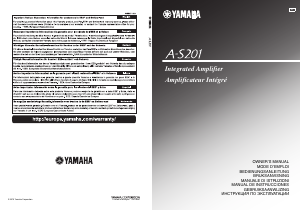
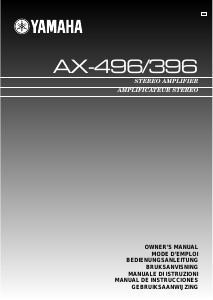
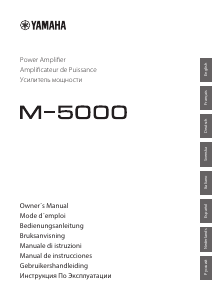
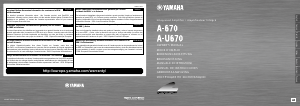

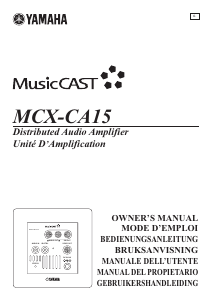
Únase a la conversación sobre este producto
Aquí puedes compartir lo que piensas sobre Yamaha A-S700 Amplificador. Si tiene alguna pregunta, primero lea atentamente el manual. Puede solicitar un manual utilizando nuestro formulario de contacto.